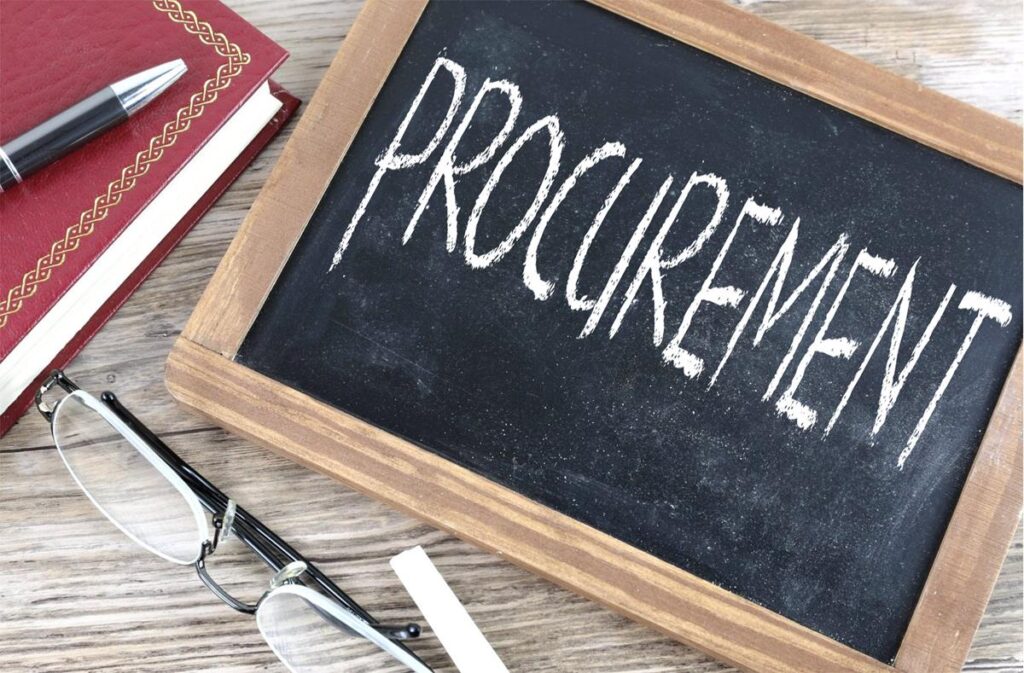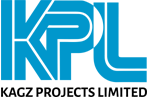RISK MANAGEMENT IN PROCUREMENT
Are you in the procurement sector? Take a seat, because I’ve got some insights for you.
If you’ve spent some time in procurement, you’ve likely noticed the significant risks that come with the territory. Every purchase decision carries its own set of risks, and they can’t be ignored.
Now, you might say, “Well, life itself is risky!” And I can’t argue with that. But we can all agree that our ability to thrive hinges on how well we manage those risks.
Similarly, success in the procurement sector, notorious for its high-risk nature, depends on effective risk management. After all, smooth operation and execution of supply chains and processes are essential for success.
To truly mitigate risks, it’s crucial to identify both internal and external factors that could lead to losses. Pinpointing these risks is the first step in managing them effectively. Let’s delve into it.
What are these risks?
- Price instability
- Unavailability of suppliers due to one thing or the other
- Poor performance of your supply team
- Fraud
- Poor budgeting
- Natural disasters
- Supplier’s bankruptcy
- Regulatory issues
- Miscalculations and errors
- Poor vendor sourcing
- Incorrect forecasts
- Poor vendor management.
The list goes on…

Identifying risks is just the beginning. They say that half a problem is solved when you can pinpoint the problem. So, it’s fair to say that once we identify the risks, we’ve already tackled half the challenge.
Moving forward, it’s crucial to conduct a thorough risk assessment analysis.
Here’s a step-by-step guide on how to go about it:
- Evaluate Likelihood: Start by assessing the likelihood of these risks actually happening. Have any of these risks occurred before? If so, what’s the probability of a recurrence? It’s also wise to consult experts and analyze trends in risk occurrences.
- Assess Impact: Next, it’s time to gauge the impact of each risk. Is it severe, critical, minor, or major? What were the consequences of past occurrences? Did they result in project delays or financial losses? Reflect on how well you handled previous instances and consider how prepared you are to handle future occurrences.
- Prioritize Risks: Once you’ve evaluated the likelihood and impact of each risk, it’s essential to prioritize them based on their significance. Focus your attention on high-impact risks and allocate resources accordingly. By tackling these risks head-on, you can clear the path for smoother procurement operations.
Having assessed the risks involved, you have to mitigate the risks by employing any of the following options:
- Risk Transfer: Risk transfer is simply a means of transferring risks to a third party. This is usually done to protect interests and insulate against losses. Usually, firms may liaise with insurance companies to cover them up in case of losses. Besides the use of insurance companies, you may consider the option of drafting a contractual agreement that states that the supplier will be held responsible for any damages resulting from delays in delivery of product defects. Contracts like this shifts the risks from you to the supplier.
- Risk Avoidance: Risk avoidance simply refers to your effort in ensuring you do not get into risks. Of course, prevention is better than cure. Your effort may include diversifying your suppliers, continuous monitoring and review of your procurement processes, checking to see what you did wrong or right, ensuring strict compliance with regulatory bodies, weighing your procurement options and a host of others.
Risk Acceptance: Risk acceptance is a risk management strategy where you acknowledge and tolerate the potential consequences of certain risks without taking any specific action to mitigate them further. It means you’re willing to live with a risk, probably due to some benefits that may be accrued from that risk. Regardless of the consequence, you are willing to push through. For instance, a particular supplier has proven to always deliver quality materials, but for some reasons, he’s running behind on supply. There’s the risk of you missing out on a deal due to his tardiness, however, you are willing to accommodate that risk because you are certain he’s delivering something of good quality. Same can also be said for cost prices.

In conclusion, proactive risk management in procurement is essential for minimizing disruptions and protecting organizational interests. Developing contingency plans to address potential risks if they materialize is crucial, along with documenting experiences for future reference and learning. So, have you experienced risks in your procurement process in the past? How did you deal with them? I hope these tips come in handy when you need them.
